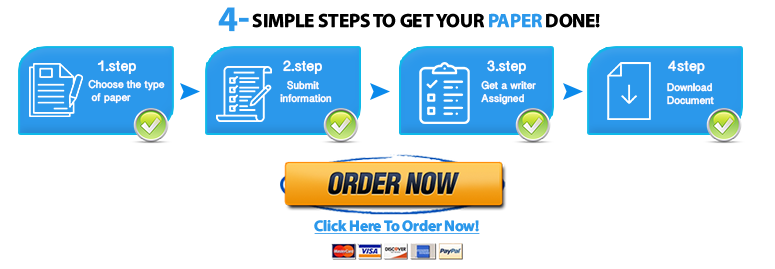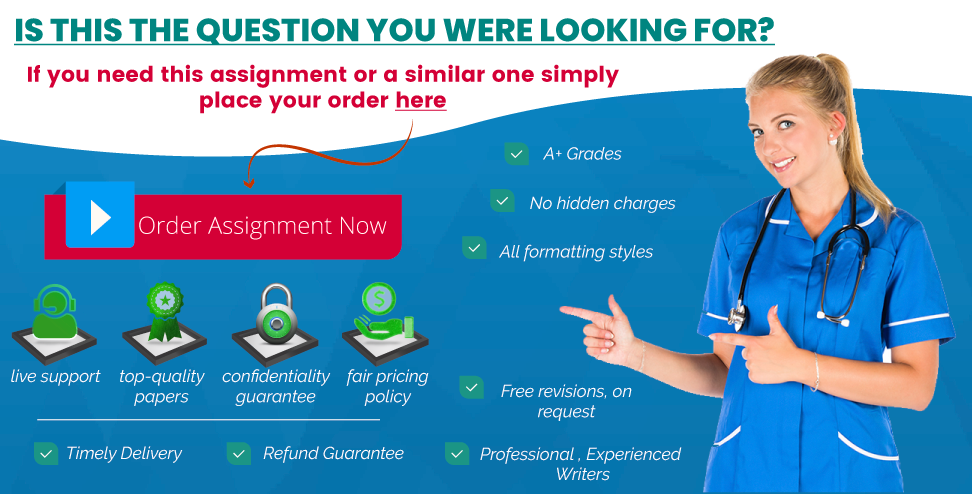Managerial Finance
Please submit your assignment with complete answers and show calculations.
*** Submit plagiarism check report with your assignment*** I will do this PART.
Chapter 9 Problems
Save your time - order a paper!
Get your paper written from scratch within the tight deadline. Our service is a reliable solution to all your troubles. Place an order on any task and we will take care of it. You won’t have to worry about the quality and deadlines
Order Paper Now(9-1) Calculate the after-tax cost of debt under each of the following conditions:
a. rd of 13%, tax rate of 0%
b. rd of 13%, tax rate of 20%
c. rd of 13%, tax rate of 35%
(9-3) Duggins Veterinary Supplies can issue perpetual preferred stock at a price of $50 a share
with an annual dividend of $4.50 a share. Ignoring flotation costs, what is the company’s
cost of preferred stock, rps?
(9-6) Booher Book Stores has a beta of 0.8. The yield on a 3-month T-bill is 4%, and the yield
on a 10-year T-bond is 6%. The market risk premium is 5.5%, and the return on an
average stock in the market last year was 15%. What is the estimated cost of common
equity using the CAPM?
(9-8) David Ortiz Motors has a target capital structure of 40% debt and 60% equity. The yield to
maturity on the company’s outstanding bonds is 9%, and the company’s tax rate is 40%.
Ortiz’s CFO has calculated the company’s WACC as 9.96%. What is the company’s cost of
equity capital?
(9-9) A company’s 6% coupon rate, semiannual payment, $1,000 par value bond that matures
in 30 years sells at a price of $515.16. The company’s federal-plus-state tax rate is 40%.
What is the firm’s after-tax component cost of debt for purposes of calculating the
WACC? (Hint: Base your answer on the nominal rate.)
Chapter 10 Questions
(10-2) What types of projects require the least detailed and the most detailed analysis in the
capital budgeting process?
(10-4) When two mutually exclusive projects are being compared, explain why the short-term
project might be ranked higher under the NPV criterion if the cost of capital is high
whereas the long-term project might be deemed better if the cost of capital is low. Would
changes in the cost of capital ever cause a change in the IRR ranking of two such projects?
Why or why not?
Chapter 10 Problems
(10-7) Your division is considering two investment projects, each of which requires an up-front
expenditure of $15 million. You estimate that the investments will produce the following
net cash flows:
Year Project A Project B
1 $5,000,000 $20,000,000
2 10,000,000 10,000,000
3 20,000,000 6,000,000
a. What are the two projects’ net present values, assuming the cost of capital is 5%?
10%? 15%?
b. What are the two projects’ IRRs at these same costs of capital?
(10-9) Davis Industries must choose between a gas-powered and an electric-powered forklift
truck for moving materials in its factory. Because both forklifts perform the same
function, the firm will choose only one. (They are mutually exclusive investments.) The
electric-powered truck will cost more, but it will be less expensive to operate; it will cost
$22,000, whereas the gas-powered truck will cost $17,500. The cost of capital that applies
to both investments is 12%. The life for both types of truck is estimated to be 6 years,
during which time the net cash flows for the electric-powered truck will be $6,290 per year
and those for the gas-powered truck will be $5,000 per year. Annual net cash flows include
depreciation expenses. Calculate the NPV and IRR for each type of truck, and decide
which to recommend.
(10-12) After discovering a new gold vein in the Colorado mountains, CTC Mining Corporation
must decide whether to go ahead and develop the deposit. The most cost-effective method of
mining gold is sulfuric acid extraction, a process that could result in environmental damage.
Before proceeding with the extraction, CTC must spend $900,000 for new mining equipment
and pay $165,000 for its installation. The gold mined will net the firm an estimated $350,000
each year for the 5-year life of the vein. CTC’s cost of capital is 14%. For the purposes of this
problem, assume that the cash inflows occur at the end of the year.
a. What are the project’s NPV and IRR?
b. Should this project be undertaken if environmental impacts were not a consideration?
c. How should environmental effects be considered when evaluating this, or any other,
project? How might these concepts affect the decision in part b?
"Looking for a Similar Assignment? Order now and Get 10% Discount! Use Code "Newclient"




